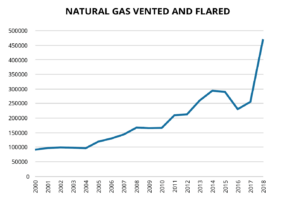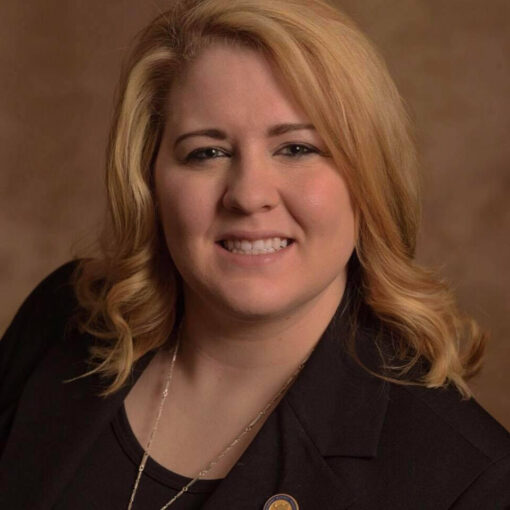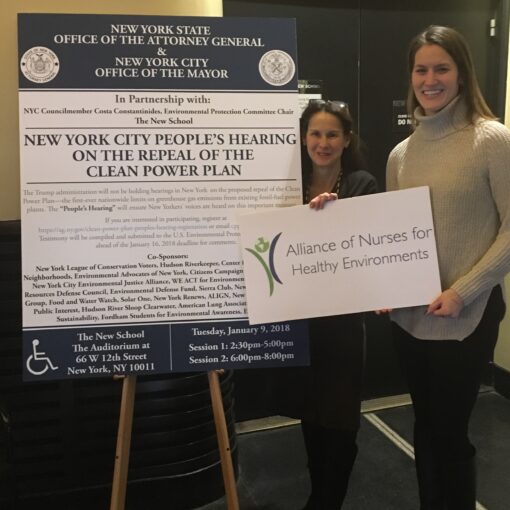By: Bria Jenkins, BSN, RN
Each year The Lancet Countdown: Tracking Progress on Health and Climate Change, an international research collaboration that monitors and reports annually on the relationship between health and climate, and its implications for national governments, releases an annual report. Country specific briefs alongside the Global Report, present relevant findings and highlights the key threats and opportunities climate change poses for health. For the month of January, we will be delving deeper, highlighting four critical insights showcased in the 2020 US Brief and recommended actions to protect health. Read the US brief here.
The Lancet’s U.S. Policy Brief outlines several “critical insights” geared at painting the picture of the U.S.’s trajectory related to the health implications of climate change. In January, we are exploring a few of these to understand what they mean and most importantly, what they mean for the health of our communities moving forward. Last week we focused on Critical Insight #3: Zero-Carbon Energy Will Improve the Quality of Our Air & Protect Vulnerable Communities (view blog here).
Critical Insight #4: Natural Gas: Health and Climate Change Harms
While, natural gas can lower both greenhouse gas (GHG) emissions and air pollution when it replaces coal (fossil fuel) power, it is not emissions-free. While be touting as a potential temporary conduit, there needs to be more innovation and investment in finding and utilizing newer and more sustainable sources of energy. Alarmingly, the use of natural gas in the U.S. rose by 35% over the past decade. However, natural gas still produces around 42% the amount of carbon dioxide as those that use coal per unit of electricity.

What could this mean for us?
- Studies have found higher risk of asthma attacks and poor birth outcomes among communities living in proximity or downwind of oil and gas activity.
- There are numerous other health risks associated with natural gas operations. The sixth edition of the “Compendium of Scientific, Medical, and Media Findings Demonstrating Risks and Harms of Fracking”, summarizes and links to a compilation of reports, peer-reviewed articles and investigative reporting on fracking’s (one form of technology used to extract oil and natural gas) dangerous impacts on health.
- The main component of natural gas is methane, which leaks occur throughout the entire natural gas supply chain. Methane is a 84 times more potent GHG in the short-term compared to carbon dioxide.
So, what can we do?
- Again, a transition into better habits is necessary. For example, active transport (e.g. walking and cycling) improves air quality, mitigates climate change and increases physical activity levels.
- Reduce our reliance on fossil fuels by transition to zero-emission transportation system and transition to clean and renewable energy sources.
Next Steps: Why is health so important in this conversation and why must we advocate for it?
Overwhelmed yet? Yeah. With all the recommendations outlined by Lancet and all the initiatives we have to spearhead, the question becomes what can we actually do? What can we do to take tangible effect in our communities? Beneath all the jargon and pushes for climate reform, one of the most inspiring underlying messages of the launch are the illusions to this as a possibility for us as a nation to reimagine our world. It is here that we’re introduced to the real star of this discussion – us. All of us together are going to be the backbone of what is to come in the fight against climate change and its devastating legacy.
Public health in its simplest form is the acknowledgement, progression and implementation of community-based efforts to engage, educate, prevent and transform the health of our communities. It is about accessibility, sensitivity and understanding of the people that it serves because it is part of the very community it serves. It can be argued that the lack of investment in public health and prevention is growing to be an even greater concern in the light of our new COVID-19 reality. Educating and nurturing our communities on the importance of health will be no small feat and will require the resources that are now being expended in areas that not only are less beneficial in the long run but that are also, astronomically more detrimental to our futures.
In addition to the US Policy Brief recommendation’s, the Alliance of Nurses for Healthy Environments’ Nurses’ Guide: What the Science Teaches Us about Common Solutions to Climate Change and Family Health Problems puts forth key solutions for how we can realize climate and health benefits through bold and equitable climate policy. Click here to read more: https://envirn.org/commonsolutions/.
Source: Lancet Countdown on Health and Climate Change 2020: Policy Brief for the United States of America by Renee N. Salas, Paige Knappenberger Lester, Jeremy J. Hess. For more information, read the full brief here.




